The longest solar eclipse in decades recently cast a shadow over much of North and Central America, creating many special moments.
According to Time and Date, the western part of Mexico witnessed the total solar eclipse on April 8 (U.S. time) as early as 11:38:52 PM on the same day, Vietnam time. Meanwhile, the eastern part of Canada was the last place to see the total solar eclipse end, at 2:55:35 AM on April 9, Vietnam time.
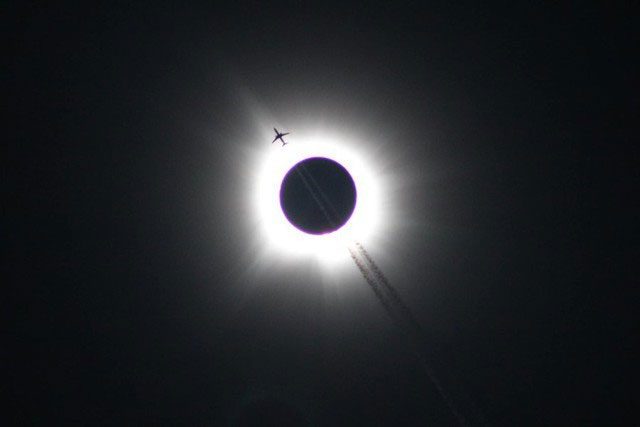
An airplane “cutting through” the solar eclipse captured from Jonesboro, Arkansas, USA – (Photo: Kendall Rust/X).
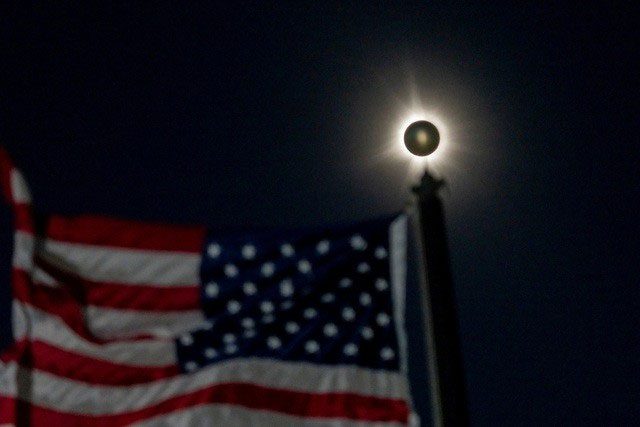
Solar eclipse atop an American flag – (Photo: REUTERS).
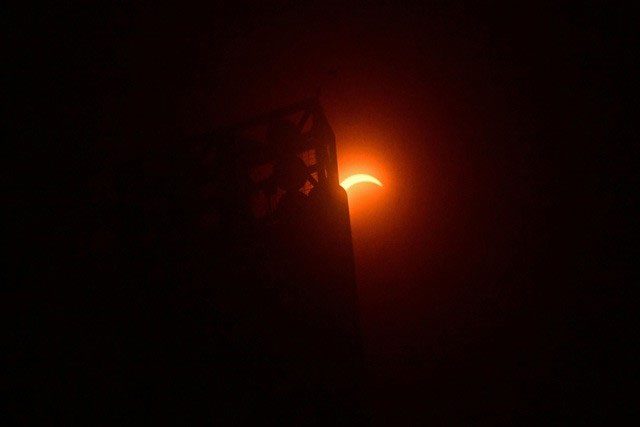
Solar eclipse captured at a stadium in the USA – (Photo: USA TODAY).
The path of totality for the eclipse was about 185 km wide and stretched 16,000 km across several locations in Mexico, the USA, and Canada, with each location experiencing totality for over 8 minutes.
Meanwhile, a larger area encompassing almost all of North, Central, and the northernmost part of South America observed a partial solar eclipse.
However, most people in North America—except for Alaska—along with those in Central America and the northern regions of South America saw the partial eclipse.
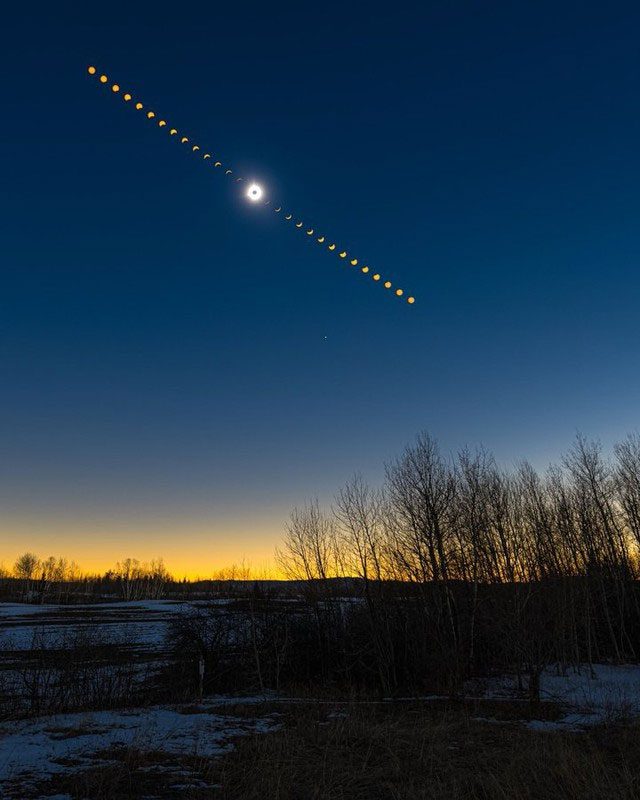
A composite image showing different phases of the solar eclipse – (Photo: John Kraus/X)
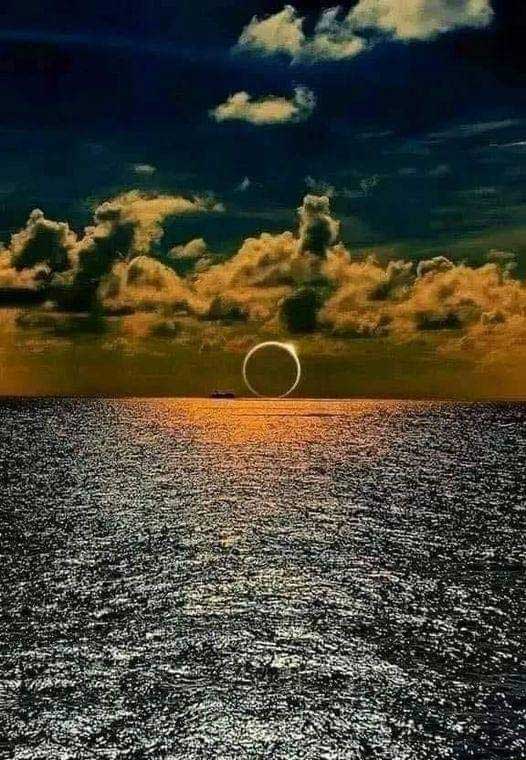
Solar eclipse viewed from the South Pacific – (Photo: NASA).
The solar eclipse on April 8 was highly anticipated by North Americans, referred to as a “once-in-a-century” phenomenon due to its longer duration, occurring when the Sun reaches its peak in its cycle, making it appear more mystical. There was also hope to see the “Demon Comet” appear at the same time.
However, it seems that observers did not witness the explosion of the “Demon Comet” during the eclipse as expected.
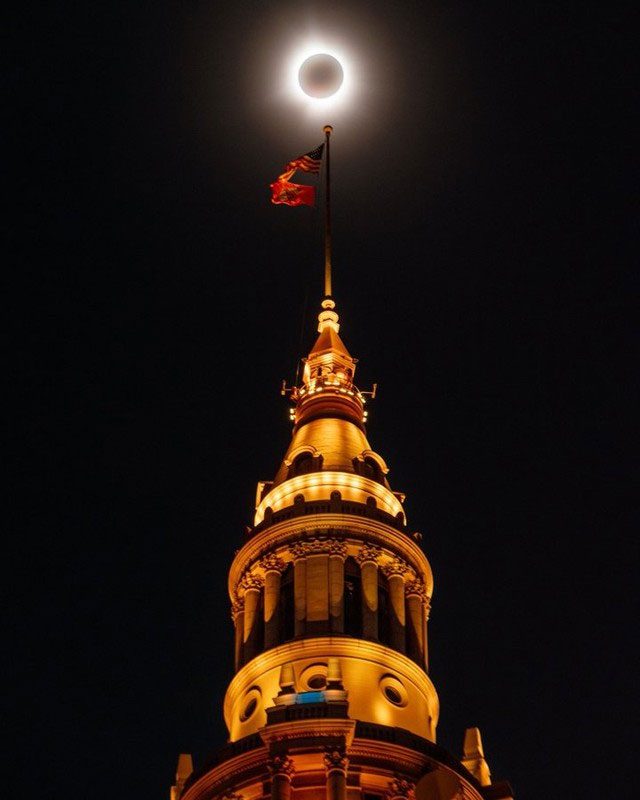
The solar eclipse “hovering” atop a tower in Cleveland, Ohio, USA – (Photo: Gabe Wasylko/X)
Unfortunately, observers from everywhere in Vietnam and all other regions outside the Americas were unable to witness this special total solar eclipse. However, we still have the eruption of the “Demon Comet” to look forward to.
Here are some additional images of the total solar eclipse on April 8 from Reuters:
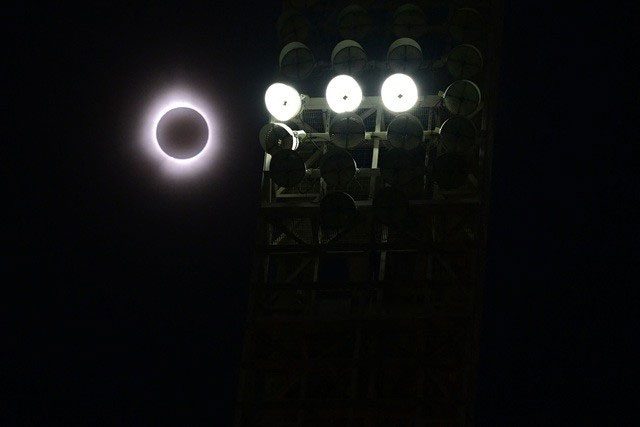

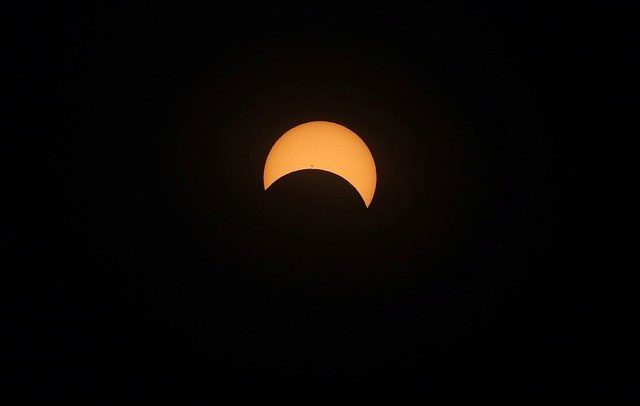

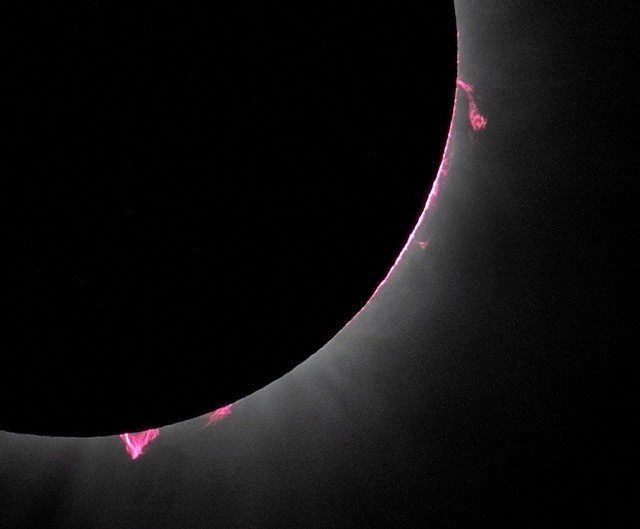
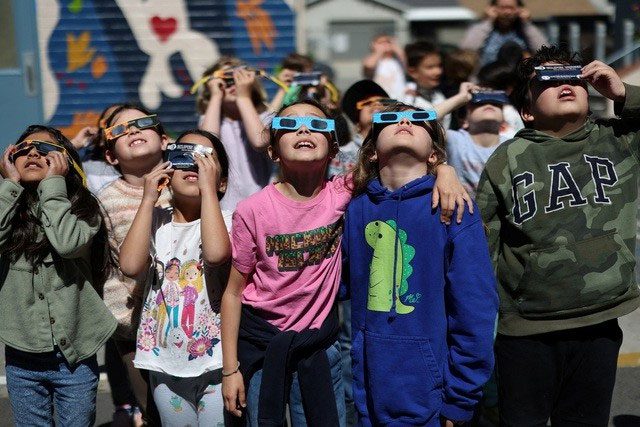
- The longest total solar eclipse in history is about to occur
- Massive explosions could be seen during the total solar eclipse on April 8
- Why do animals behave unusually during a total solar eclipse?
- NASA is about to launch 3 rockets to “pierce” the solar eclipse
- Why does the phenomenon of total solar eclipses occur more often in the Northern Hemisphere than in the Southern Hemisphere?


















































